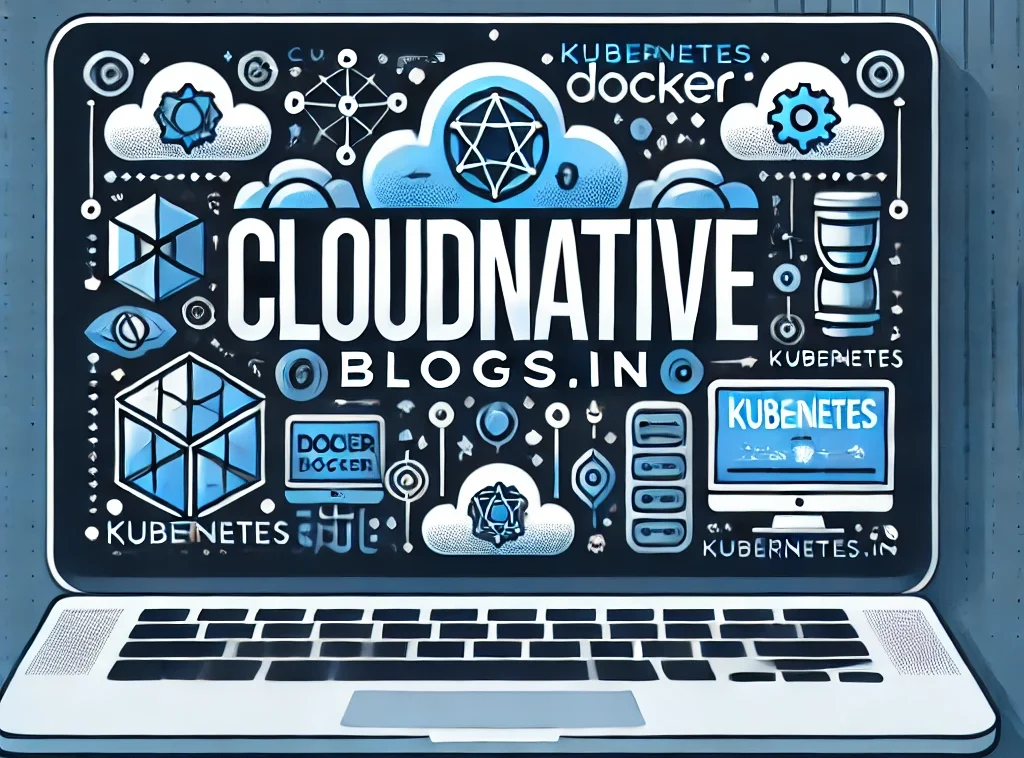Despite modern systems having vast amounts of #RAM, running out of #memory is still possible. Learn how this happens, impacts on #malloc(), and best practices to manage memory safely.
GraalVM Native Binaries: Benefits, Drawbacks, Adoption
Ahead-of-time compilation with GraalVM produces native executables offering rapid startup, reduced memory footprint, and simplified deployment. However, build complexity, manual reflection configuration, and lack of JIT optimizations limit widespread adoption.
Enhancing Development Speed and Efficiency with JavaScript’s Asynchronous Programming
JavaScript’s asynchronous programming capabilities enhance development speed and efficiency by enabling non-blocking code, improving performance, and simplifying code using async/await syntax and promises.
Why GCC and Clang Embrace UB for Maximum C++ Performance?
xplore why #GCC and #Clang prioritize speed and performance over eliminating undefined behavior in C++, and how this design choice influences compiler optimizations, system performance, and software safety.
TPUs vs GPUs in TensorFlow: Key Differences and Use Cases for Machine Learning
Explore the key differences between TPUs and GPUs in TensorFlow for machine learning. Understand when to use each hardware accelerator for better performance and scalability.
Understanding the Power and Potential of the Rust Programming Language
Rust is a systems programming language that guarantees performance, memory safety, and concurrency. Its unique ownership model eliminates bugs common in other languages and makes it ideal for various applications.
In-Memory Databases vs. Relational Databases
In-memory databases offer faster performance, real-time processing, and higher scalability compared to relational databases. This guide explores key advantages, use cases, and limitations of both systems for modern applications.
JSON vs. XML: The Advantages and Efficiency in Data Handling
Explore the advantages of JSON over XML for efficient data handling in modern applications. Learn why JSON is preferred for large datasets and web development.
Unlocking JavaScript’s Hidden Gems: Underutilized Features to Boost Code Quality and Performance
Discover JavaScript’s hidden features that enhance large-scale web apps. Learn how underutilized functionalities like Optional Chaining and Async Iterators boost code quality and performance.
Exploring Performance and Software Architecture Advantages for Golang
Choosing Go over Python and JavaScript can revolutionize application performance and architecture, thanks to its compiled nature, efficient concurrency, and robust system-oriented features.
The Impact of Clock Speed Versus Architecture on Computing Performance
In computing, architecture typically has a more profound impact on performance than clock speed. While higher clock speeds offer immediate gains, they are limited by thermal and physical constraints. Architectural improvements, such as advanced pipelining and multi-core designs, provide more substantial and sustainable performance benefits by optimizing processing efficiency and resource utilization.
